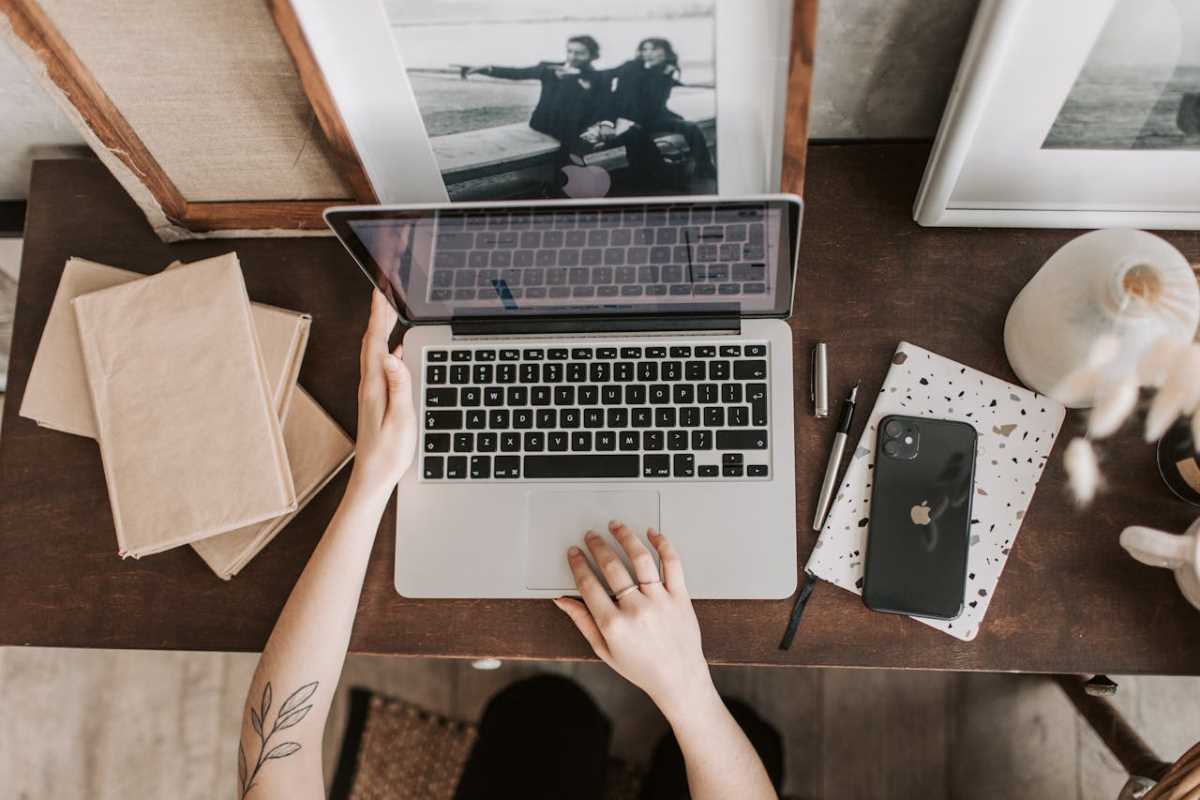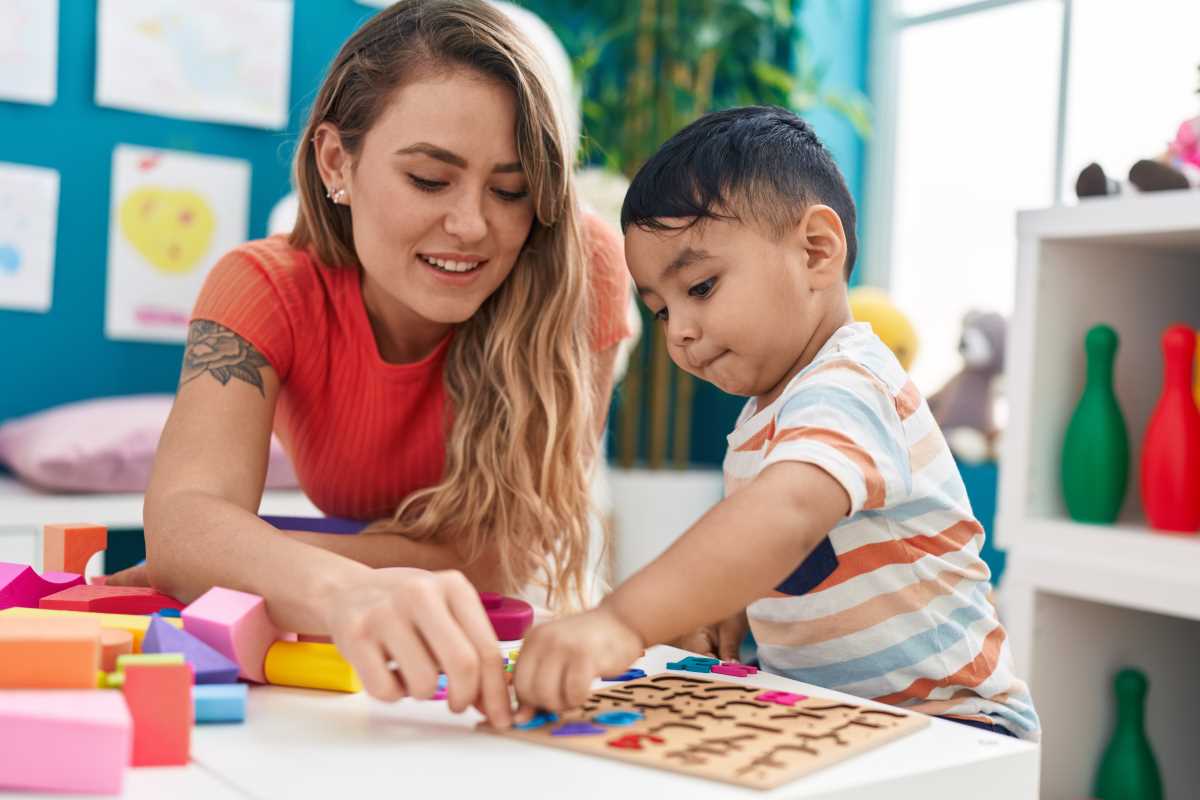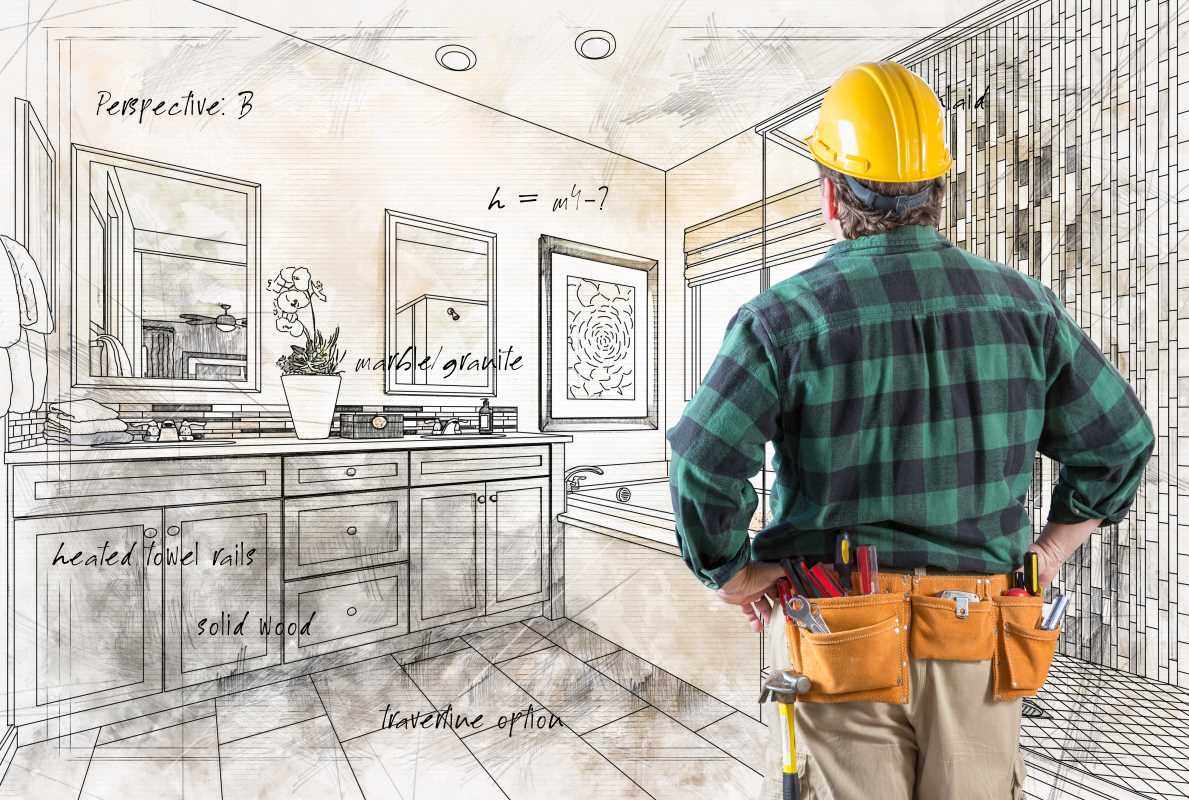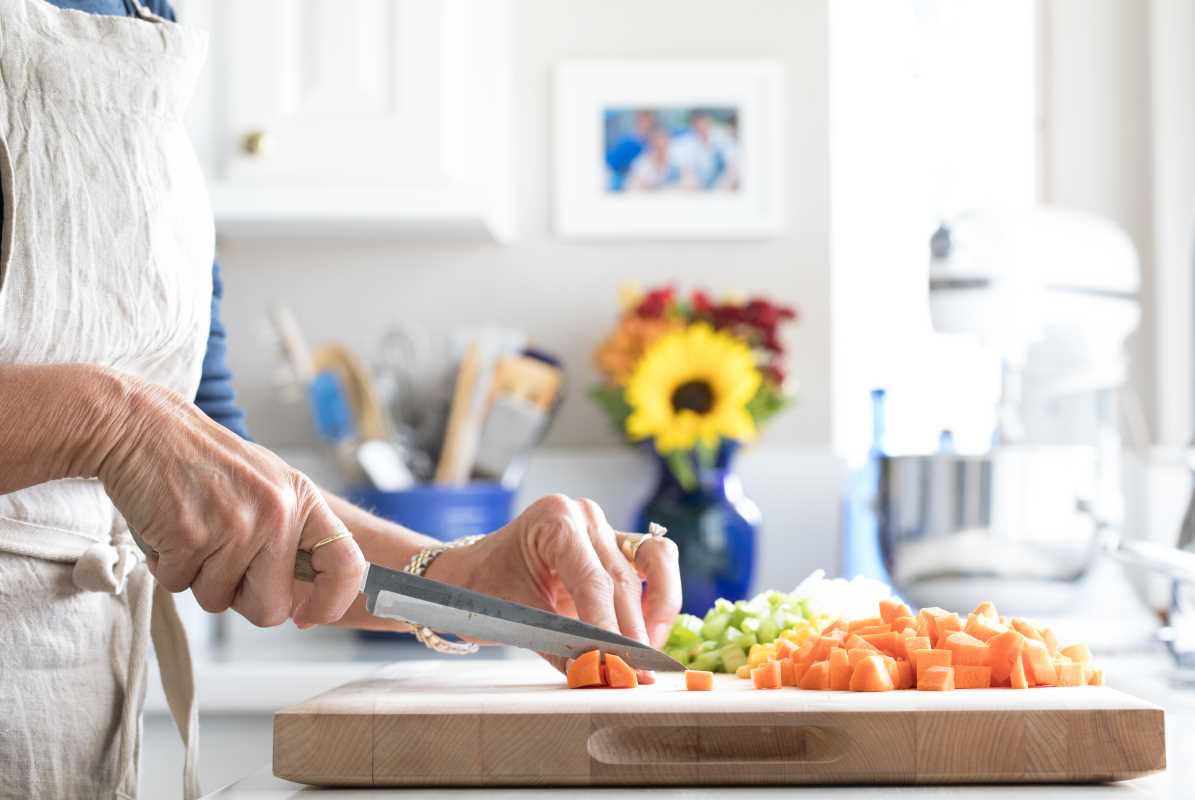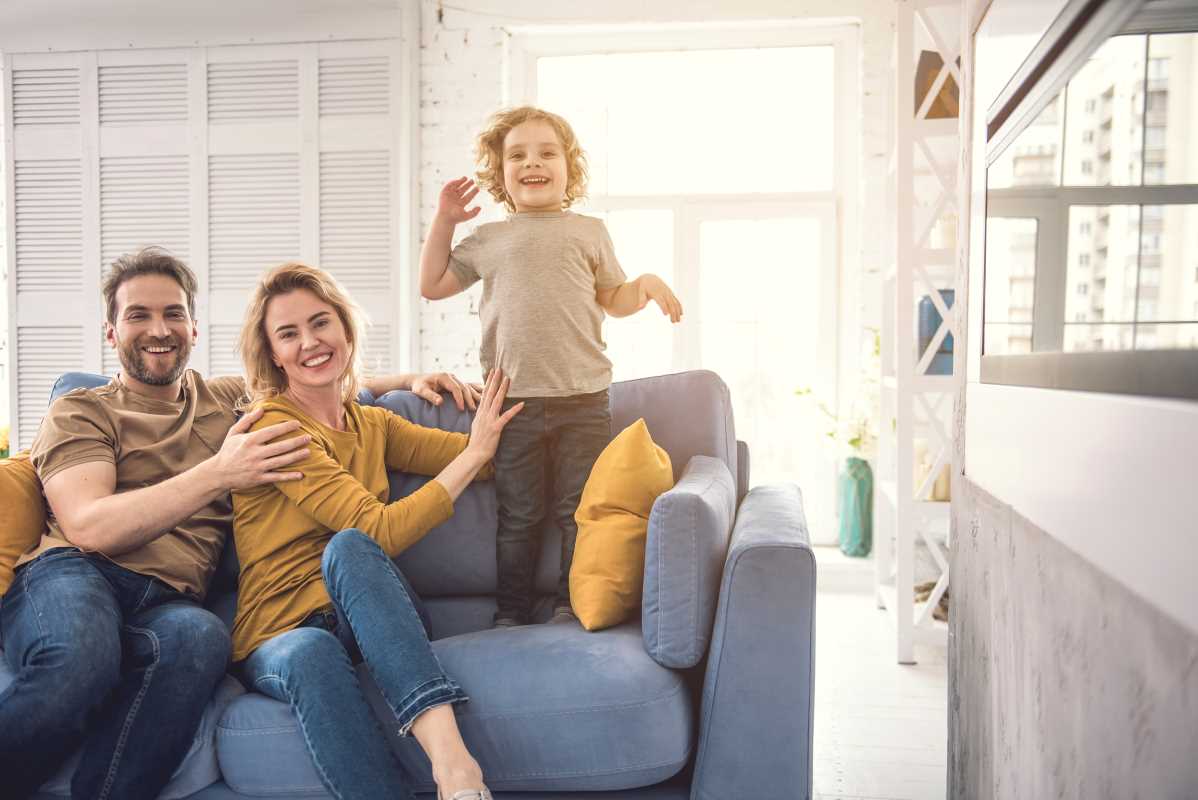Creating a therapeutic space at home doesn’t have to be expensive or complicated. Whether you’re designing a quiet corner for relaxation, a sensory-friendly area for a child, or a multi-purpose space that promotes calm, there are countless budget-friendly ways to transform your home into a haven of comfort and wellness.
A therapeutic space is all about fostering relaxation and self-care. It’s about making sure that no matter how hectic life gets, you and your loved ones have a dedicated place to retreat, recharge, and feel supported. With a little creativity, some DIY ingenuity, and the resources you already have, you can create functional and calming spots that promote mental well-being without breaking the bank.
Here are practical, low-cost ideas to help you craft these spaces, focusing on sensory-friendly design, relaxation, and versatility.
Start With What You Have
Before you shop or take on any big DIY projects, start by looking around your home to see what’s already available. Often, the key to creating a therapeutic space is working with what you’ve got.
Repurpose Furniture
- Turn an unused corner into a sensory or relaxation nook by moving an armchair, beanbag, or chaise lounge into the space.
- Use shelves or room dividers to create small, cozy zones for quiet time. Bookshelves can double as privacy screens if placed strategically.
Gather Soft Textiles
- Collect pillows, blankets, and rugs you aren’t using elsewhere to add texture and warmth. Even mismatched items can create a cozy, layered look.
- Use an old bedspread or curtain to make a floor cushion for lounging or stretching.
Combine Home Décor for New Purposes
- Use fairy lights or string lights saved from the holidays to create soft lighting in the space.
- Repurpose mason jars or bowls as holders for calming jars, fidgets, or small sensory toys.
DIY Sensory-Friendly Design
A sensory-friendly space is ideal for children or adults who feel overwhelmed by their surroundings. These DIY ideas will help create a soothing, low-stimulation environment on a budget.
Create a Sensory Wall
Transform a blank wall into a sensory experience using everyday materials:
- Attach various fabrics (like felt, silk, or faux fur) to a board or directly to the wall for tactile exploration.
- Glue bubble wrap, bottle caps, or patterned canvas for added textures.
- Hang a small pegboard for fidget tools or sensory items like stress balls and small puzzles.
Build a Calming Sensory Jar
These jars are inexpensive to make and great for both kids and adults.
- Fill a clear jar or bottle with water, glitter, food coloring, and a drop of glycerin or clear glue to slow the movement.
- Seal the lid tightly with glue to avoid spills, and watch it gently swirl to help melt away stress.
Design a Mini Sensory Bin
Create a hands-on calming activity by making a sensory bin with items you already have.
- Use a shallow bin or plastic container and fill it with rice, beans, or pasta for scooping and pouring.
- Add small objects like toy animals, beads, or buttons for your child to discover through tactile play.
Relaxation Spaces on a Budget
Creating a stress-free zone for relaxation is something the whole family can benefit from. Here’s how to do it on a shoestring budget.
Soft Lighting Solutions
Lighting plays a huge role in making a space feel calm and inviting.
- Swap bright overhead lights for lamps with soft, warm bulbs. If you don’t have a lamp, cover an existing light fixture with a thin scarf or fabric (making sure it’s not touching the bulb) for a diffused glow.
- Use LED candles or battery-powered tea lights for gentle, flickering light that creates an intimate atmosphere.
DIY Aromatherapy
Calming scents can enhance any therapeutic space, and you don’t need an expensive diffuser to add aromatherapy.
- Simmer citrus peels, cinnamon, or herbs like lavender on the stove for a budget-friendly home fragrance.
- Make homemade sachets by filling small cloth bags or socks with dried lavender, chamomile, or rice mixed with a few drops of essential oil. Place these sachets around your space for a soothing scent.
Easy Cozy Rugs
Rugs can add comfort and warmth. If buying one isn’t in the budget, try these DIY options:
- Combine old shirts or sheets to make a braided or woven rag rug. Tutorials are widely available online and don’t require sewing skills.
- Layer smaller mats or blankets you already own to create a plush flooring area for sitting or lying down.
Add Zones for Quiet Activities
Dedicate parts of the space to relaxing activities:
- Reading nook: Set up a small bookshelf, a soft chair, and a lamp. A cheap over-the-door hanger can store books if space is tight.
- Art station: Use a folding table or desk to store coloring books, paints, or sketchpads. Mason jars make excellent holders for crayons or pencils.
- Meditation spot: Use a yoga mat or pillow for meditating and add a set of noise-canceling headphones or a Bluetooth speaker for calming music.
Create Multi-Purpose Functionality
When space is limited, your therapeutic spots need to pull double duty. Budget-friendly, multi-functional setups can ensure you’re getting the most out of your home environment.
Portable Relaxation Carts
Fill a rolling cart or stacked baskets with everything you need for a calming experience, such as:
- Art supplies for coloring or crafting.
- Essential oils, easy-to-store lighting, or sensory toys.
- A favorite book, journal, or guided relaxation materials.
This setup allows you to move your therapeutic space around the house, instantly creating a cozy vibe wherever there’s room.
Convertible Furniture
Use items you already own in multiple ways to save space and money:
- A futon or daybed can function as both a seating area and a relaxation zone.
- Stackable or collapsible stools provide quick seating for mindfulness or meditation and easy storage when not in use.
- An ottoman with hidden storage keeps calming supplies or sensory toys tucked away when not needed.
DIY Room Dividers
For multi-use areas, a divider can create separation between active and calming zones:
- Use a tension rod with a curtain or fabric panel for a simple, affordable partition.
- Transform an old folding screen with paint or contact paper to make it both functional and decorative.
Add Nature-Inspired Elements
Nature has a calming effect on most people, and it’s easy to bring the outdoors inside even on a budget.
DIY Indoor Plants
Houseplants are a natural addition to any therapeutic space, but they don’t have to break the bank:
- Propagate plants for free by asking a friend or neighbor for clippings from their existing plants.
- Decorate inexpensive containers like mason jars or tin cans with paint or decorative tape for rustic and fun plant holders.
Nature-Inspired Decor
If you don’t have access to live plants, bring in natural elements in other ways:
- Use dried flowers or bouquets as simple table decorations.
- Arrange collected rocks, pinecones, or shells in bowls for texture and natural beauty.
- Hang nature-inspired artwork or print free downloadable images of landscapes to frame.
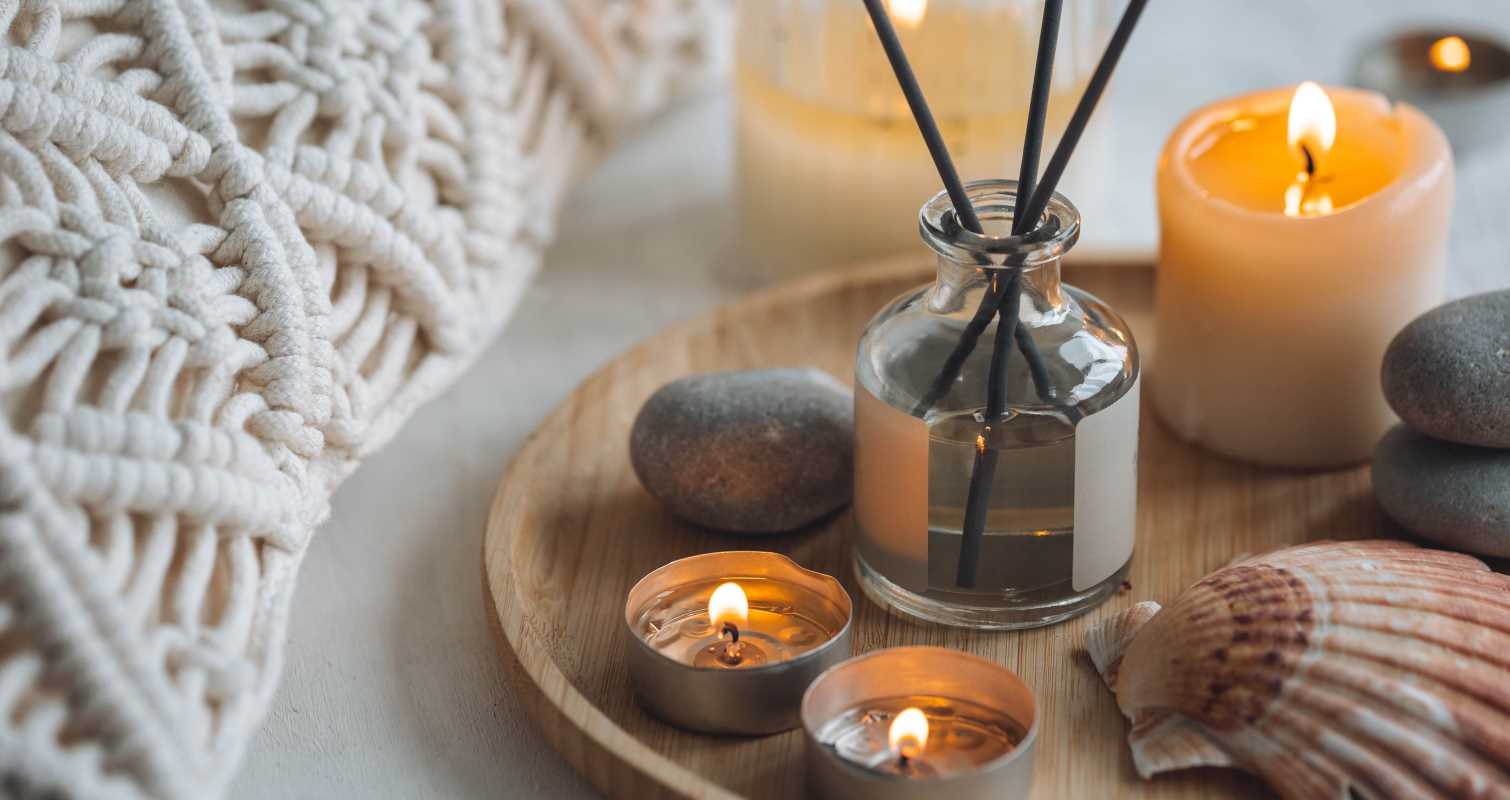 (Image via
(Image via